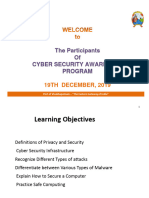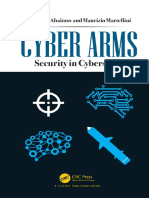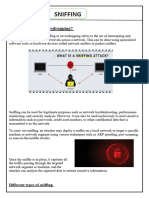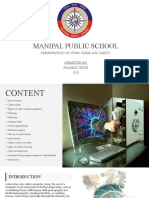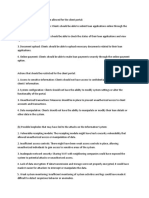0% found this document useful (0 votes)
89 views16 pagesCyber Security - Unit 3 Notes
This document provides an overview of Cyber Security, covering its definition, importance, challenges, classifications of cybercrimes, and legal frameworks such as the IT Act 2000 in India. It discusses various types of cyber threats, including hacking, phishing, and malware, along with preventive measures and penalties for cyber offenses. Additionally, it highlights organizations in India that address cybercrime and the importance of cybersecurity education for professionals in the field.
Uploaded by
ahluwaliapreksha6Copyright
© © All Rights Reserved
We take content rights seriously. If you suspect this is your content, claim it here.
Available Formats
Download as PDF, TXT or read online on Scribd
0% found this document useful (0 votes)
89 views16 pagesCyber Security - Unit 3 Notes
This document provides an overview of Cyber Security, covering its definition, importance, challenges, classifications of cybercrimes, and legal frameworks such as the IT Act 2000 in India. It discusses various types of cyber threats, including hacking, phishing, and malware, along with preventive measures and penalties for cyber offenses. Additionally, it highlights organizations in India that address cybercrime and the importance of cybersecurity education for professionals in the field.
Uploaded by
ahluwaliapreksha6Copyright
© © All Rights Reserved
We take content rights seriously. If you suspect this is your content, claim it here.
Available Formats
Download as PDF, TXT or read online on Scribd
/ 16








































